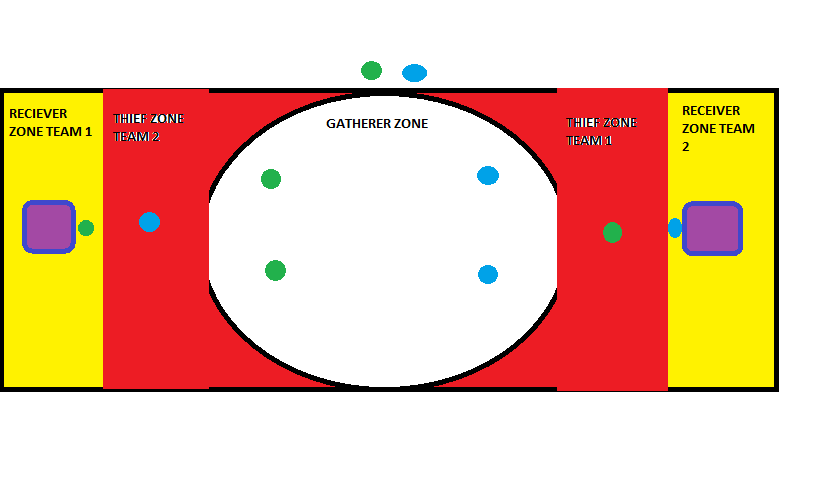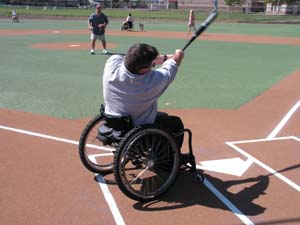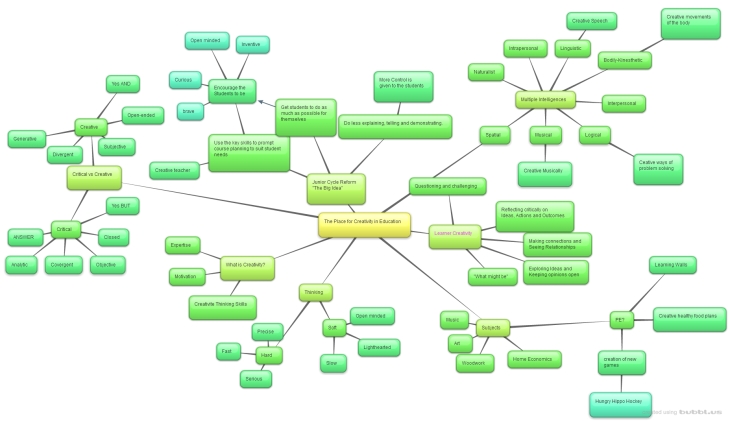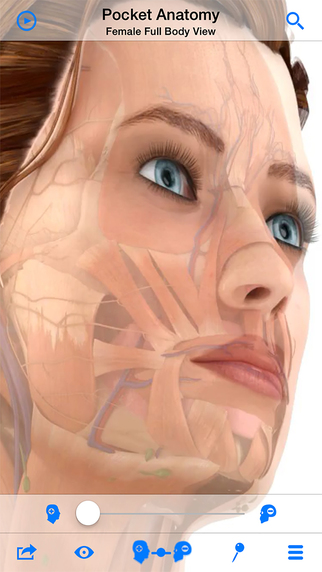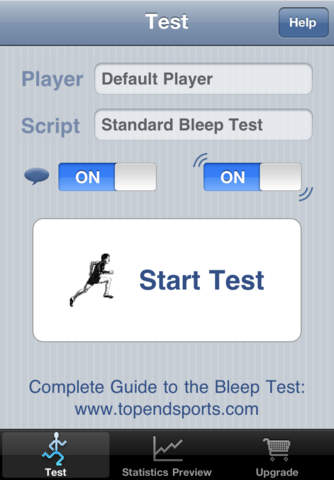
Doing School Differently
Successful schools are innovative schools, they are not scared of change but rather they embrace it.
At the moment, the entire Irish educational system is a results driven business. A students entire six years in secondary school revolve around trying to achieve a certain number of points. This time may be better served helping to develop students to become better prepare for life when they finish school and enter the so called “real world”. This is where schools should shift their focus towards.
What is somewhat surprising is that despite what is called the evolution of the “knowledge society” (Hargreaves, 2003) secondary schools have been quite resistant towards of the influence of reform movements, despite already being set out with a lesson by lesson schedule and a subject based and age graded curriculum. What the knowledge society wants to promote is human rights, therefore it promotes and also offers inclusive and equal access to all creation of knowledge. Throughout the world education is now seen as a human right, this means however that it must continuously change and grow over time. The modern world has seen the need for the demands of education to change. Unlike the past, simply attending school is no longer seen as a benefit to the pupils. School must now strive to prepare students for life after school, be that attending university or going directly into the workforce. This change means that it is not only students who will need to learn but education professionals as well. As leaders of the changing designs in learning, they will serve as a bridge between life and teaching (Van Weert, 2006).
There are endless different ways in which schools can “do school differently”. One way I think would be to include mental health programs. Mental health is a hot topic in today’s world. The majority of people now know the seriousness of Mental Health and how difficult it can be for people to deal with. While in recent time the stigma of mental health is slowly decreasing, secondary schools are still an area where the topic needs to be addressed. If students can be shown that it is quite normal to suffer from a mental health issue and that help is always available, then a huge step in removing the stigma has been taken. The difficulties with this however is that it would require training of the teachers to a high standard, and teachers should also show that they are there to support the students in any way possible. The aim of this program would allow teachers to spot students who may be suffering from possible mental health issues and take the necessary steps. To help promote this program schools should consider bringing in public speakers to talk about mental health. Conor Cusack (former Cork hurler) is a name that springs to mind. Allowing students to get a direct insight into a person’s battle with mental health issues can hopefully allow them to help peers or family members who may be suffering. This program has the power to save lives. Successful primary prevention efforts will help to play a crucial role in reducing the need for treatment and prevent unnecessary suffering in young people who will otherwise never receive any formal mental health care (Durlak & Wells, 1997).
This is just one idea for a change to schools across the country. There are hundreds of other possible ways of improving schools to benefit the students. Taking on board just one can save lives and prepare students for life..
Bibliography
Durlack, J.A, & Wells, A.M. (1997): “Primary Prevention Mental Health Programmes for Children and Adolescent – A Meta-Analytic Review”. American Journal of Community Psychology, Volume 25, No. 2.
Hargreaves, A. (2003): “Teaching in the Knowledge Society – Education in the Age of Insecurity”. New York: Teachers College Press.
Van Weert, T.J. (2006): “Education of the Twenty-First Century – New Professionalism in Lifelong Learning, Knowledge Development and Knowledge Sharing”. Education and Information Technologies, Volume 11, Issue 3-4, Pg. 217-237.
